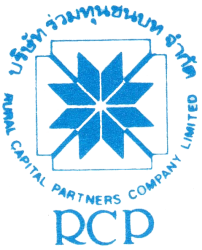BRIEFING NOTE: Reshaping National Development with the Integrated Development Indicators
The presentation will consist of two main parts:
First part , I will talk about the principle and the process of how we can make a set of indicators which are practical and can really make change of the society in a sustainable manner. The basic principle of the “NEW” integrated Development Indicators:
– Be holistic and integrated in content, process and manner
– Be developed based on three core foundations: (1) Goodness or Merit (2) Capability or Capacity and (3) Well-being or holistic health
– Working differently but relatedly at both national and local levels
– At the local level, the indicators would function as a learning and development tool of the community [as a means, not the end in itself], thus it should be understood, developed and used collectively by the community and for the community.
– Developing the local-level indicators would emphasize 4 key components: (1) clear development objectives (2) concrete, measurable and practical indicators for measuring progress toward development objectives (3) how to obtain the indicators on a continuing and consistent basis.(4) learn and improve on the indicators continually
– At the national level, the indicators should come from the collective opinion of the society as a whole, not what the government or academicians or researchers determine. Therefore, all representative parts of the society should be involved in the process and the content as well as the utilization of the indicators on a continuing basis.
Second part , the two tangible cases at the local level [covering the area of a Tambon Administration Organization or a sub-district] will be elaborated as an example of how the above principles are being applied and emerging on the real ground of Thailand. These two cases have been on-going, mainly using the Integrated Development Indicators as a learning and development tool, with active participation of all partners in the area.
อ้างอิง
บันทึกนี้เขียนที่ GotoKnow โดย นาย ไพบูลย์ วัฒนศิริธรรม ใน ไพบูลย์ วัฒนศิริธรรม
เว็บไซต์ ต้นฉบับ https://www.gotoknow.org/posts/291497

